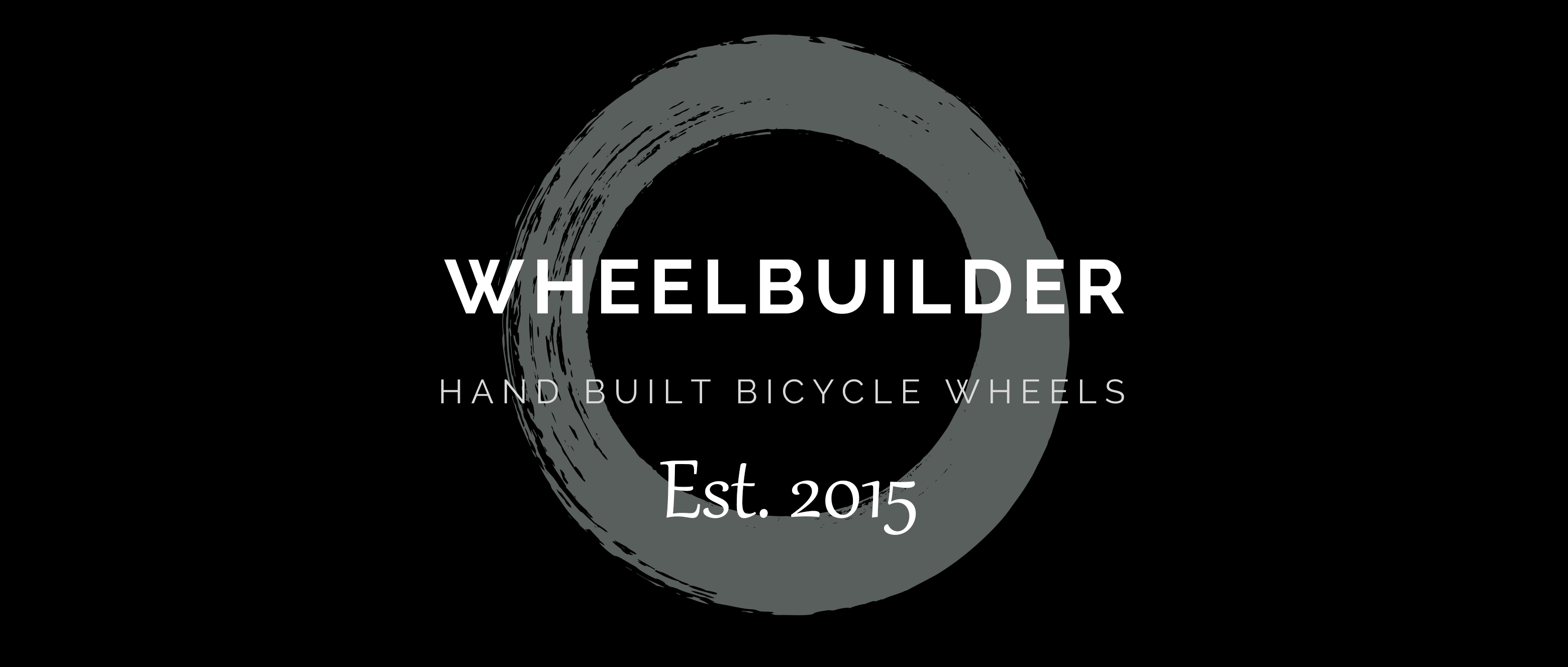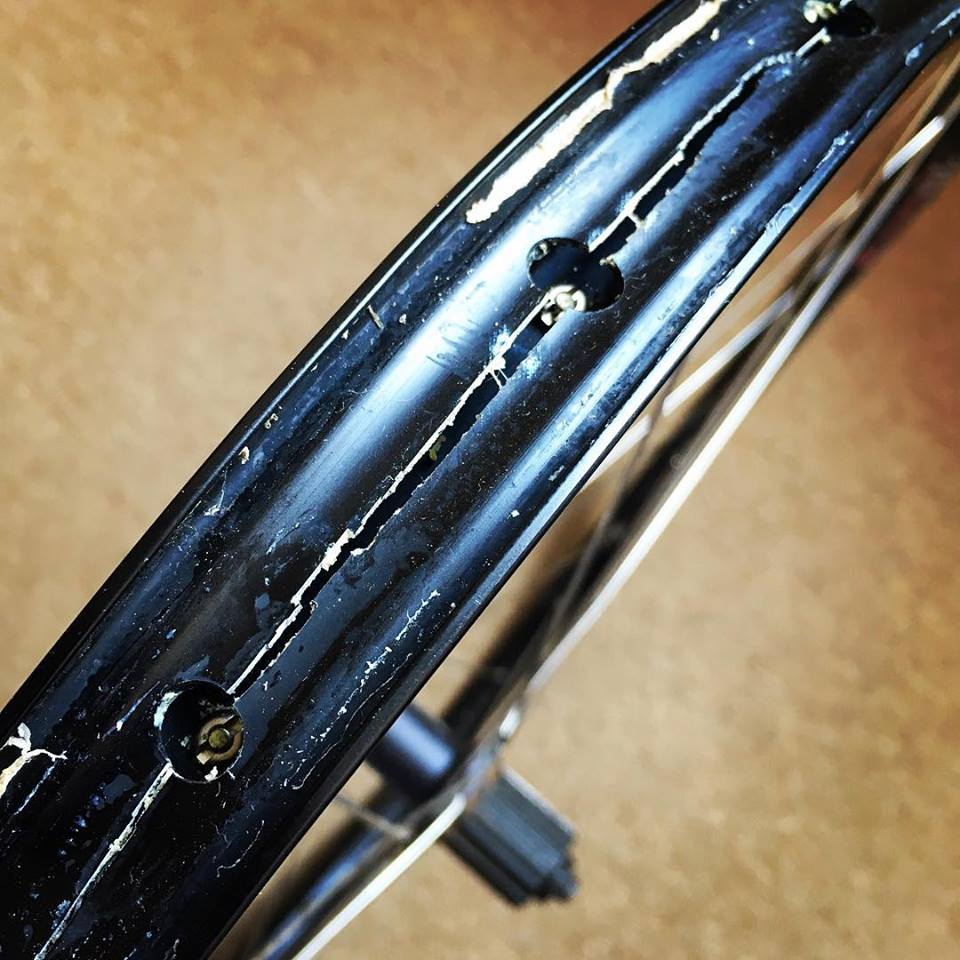Are your rims buckled or are you breaking spokes? If so, consider a rebuild with fresh spokes or replacing your rims with new ones. This is like giving your bike a new lease on life.

This is the process I follow to make sure you get the best possible results
- Upon receipt of your wheels, I disassemble them completely and clean all parts that I’ll be reusing. It’s at this point that I thoroughly inspect the parts for wear and any existing damage.
- If I’m replacing the spokes, (which I prefer to do) I measure the hub and rims to determine the spoke lengths I need and order these in if I don’t have them on hand.
- If my inspection shows any damage, I report this to you the customer and make any recommendations, such as replacing the part instead of reusing it. I consider replacement of the parts as the only option if:
- The spokes show damage from contact with the chain, or if any other spokes have broken in that wheel, demonstrating existing metal fatigue
- The rim has any cracks visible at the spoke holes, rim wall or rim bed (scrapes and minor dents are OK)
- The rim is buckled. I lay the rim on a flat surface and if any part has a gap more than 1mm between the rim and the flat surface, I recommend that it is replaced.
- Once I am satisfied that the parts are suitable for re-use, and I have received the correct spokes, I assemble the wheel.
Every individual wheel is different and some wheels take longer to build than others. A new, wide, mountain bike rim is stronger and stiffer than an old-school box-section road rim and the latter will be a lot more sensitive to spoke tension as it’s assembled, taking much longer to achieve final, even tension.
With that in mind, I take my time and make sure every wheel is built to the highest possible accuracy and precision. It’s imperative that the spokes on each side of the rim are evenly tensioned, as loose spokes will fatigue and break, or loosen more over time, causing the rim to buckle.
The benefits of a wheel rebuild vs. simply having the wheel trued or straightened by your local bike shop
- Your rims will remain straight and true for longer
- You can avoid replacing individual spokes at regular intervals
- You have the option of upgrading to stronger, lighter or wider rims that will work better with tubeless tyres
- By replacing a buckled rim, you can avoid extremely tight / loose spokes often required when straightening a bent rim by spoke tension alone
Your options
Replacement aftermarket rims are easily available from brands like WTB, Spank and Stan’s NoTubes. More info on choosing new rims in my blog here.
I recommend using double-butted spokes and brass nipples for best durability and reliability. Most people go with black spokes and nipples these days, but silver is also available.
Need some advice or have a question? Fill in the contact form, ask a question in the live chat window or leave a comment below.


No responses yet